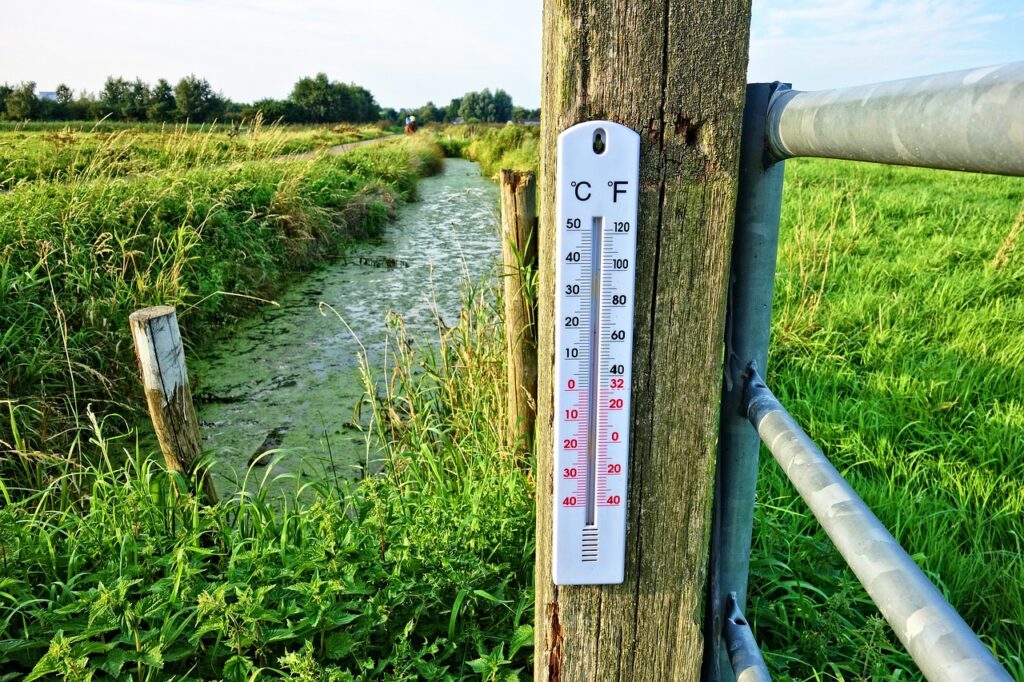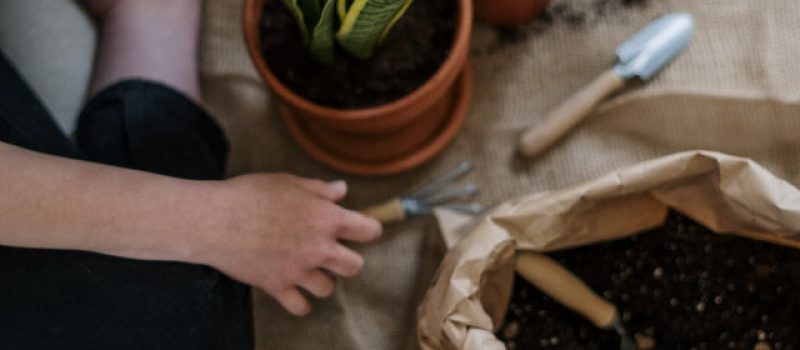

Plant Parenting: A Beginner's Guide For Your Little Babies
If you’re considering taking on the joyous responsibility of plant parenting, you’ve come to the right place! Whether you’re a green thumb or a black thumb, taking care of indoor plants can be a fulfilling hobby that brings life to your home. To get you started on your plant parenting journey, here’s a beginner’s guide to plant care, complete with a dash of humor.
Light:
Your plants need their daily dose of Vitamin D, just like you do! Most indoor plants prefer bright, indirect light, so place them near windows that receive plenty of natural light. But beware, direct sunlight for extended periods can cause leaf scorch, so think of it as a sunburn for your plants. If you’re short on natural light, don’t worry, you can always supplement with fluorescent lights. Your plants won’t judge you for using artificial light, they’re just happy to have any light at all.


Water:
Watering your plants can be a delicate balance between hydration and drowning. Overwatering can lead to root rot, while under watering can cause wilting and yellowing of leaves. To make things easier, use the “sponge rule.” Check the top inch of soil and water your plants when it’s dry, just like you would check if a sponge is ready for a refill. Different plants have different water requirements, so do some research on the specific needs of your plants.
Temperature:
Your plants are like Goldilocks, they prefer it just right! Most houseplants prefer a temperature range between 60-75°F. Avoid exposing your plants to drafts or placing them near heating/cooling vents, which can cause temperature fluctuations, or as your plants would say, “mood swings.” Some plants are more tolerant of temperature changes than others, so choose plants that are appropriate for your home’s temperature conditions.


Soil:
The type of soil you use can impact the health of your plants, so choose wisely! Make sure the potting soil you use is well-draining and appropriate for the type of plant you have. Regularly check the soil moisture, and don’t let your plant sit in standing water, which can lead to root rot. Think of it as a spa day for the roots of your plants.
Fertilization:
Fertilizers are like vitamins for your plants, providing essential nutrients to help them grow and thrive. There are many types of fertilizers available, including organic and chemical fertilizers. Start by reading the care instructions for your specific plant, and make adjustments as necessary. And don’t worry, your plants won’t complain about the taste of their fertilizer, they’re just happy to get the nutrients they need.

In conclusion, plant parenting for beginners can be a fun and rewarding experience. Start by understanding the basic needs of your plants, including light, water, temperature, soil, and fertilization requirements. And don’t forget to add a little humor to the process, your plants will thank you for it!
Happy plant parenting!
Related Articles
Plants have been an integral part of human life for thousands of years. From providing food and shelter to serving as symbols of beauty and peace, plants play ….
Indoor gardening has become increasingly popular in recent years, as more people look to bring the beauty and benefits of plants into their homes. However, choosing the right type of indoor soil can be ….

Propagating Peace Lilies
Peace lilies (Spathiphyllum) are beautiful indoor plants that are known for their long-lasting white blooms and air-purifying qualities. If you’re looking to increase your collection of peace lilies, you can propagate them through division or ….
© 2023 All Rights Reserved.

